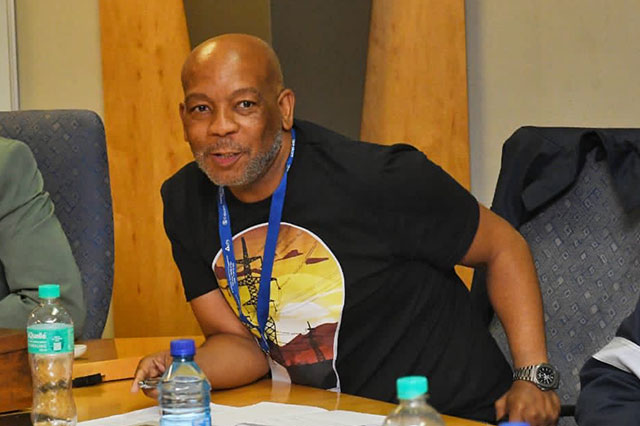Cape Town – Electricity Minister Kgosientsho Ramokgopa, has attracted attention for suggesting that the decision to close the Komati power station in Mpumalanga was influenced by financial interests and pressure to shift from coal-fired plants to renewable energy sources.
Ramokgopa spoke at a Standard Bank conference this week, stating that he would reopen the station if it were up to him, as he believed it was one of the best-performing power stations at the time of its closure.
“If I had my way, we’d go and restart Komati. We closed a power station which was the best-performing station at the time and because someone gave us money and said decarbonise it,” Ramakgopa said.
“On the delay of the decommissioning of coal-fired power stations and our commitments we set ourselves to decarbonise the economy and move to a fossil [fuel]-free economy.”#MinisterofElectricity pic.twitter.com/keiF2wu8Jm
— Dr Kgosientsho Ramokgopa (@Kgosientsho_R) July 24, 2023
Eskom had announced the closure of the coal-fired station due to its age, and over the years, units were shut down as they reached the end of their operating life.
The remaining unit was contributing only 121MW to the national electricity grid, so Eskom claimed that its closure would not significantly impact power supply.
Ramokgopa argued that the closure of Komati has made it difficult for Eskom to address the issue of load-shedding (controlled power outages to prevent grid failure).
“I’m stating things that are against the official position of the government, but I will surface them. The truth must be told of an injustice unfolding in Komati in the name of the transmission.
“I am short of 1,000MW that should be reducing one stage of load-shedding. We have international obligations, but I’m sorry we have an obligation to the South African people,” said the minister.
According to Times Live, Eskom said that the station’s full capacity was 904MW, and its operational performance was around 54.88% in 2016, 64.83% in 2017, and 56.80% in 2018.
By 2022, all units at the station had been shut down and placed in reserve storage.
The site is now being repurposed for renewable energy generation, with plans for approximately 370MW capacity, including 150MW solar PV, 150MW battery storage, and 70MW wind power.
Follow African Insider on Facebook, Twitter and Instagram
Picture: Twitter/@Kgosientsho_R
For more African news, visit Africaninsider.com
Compiled by Betha Madhomu


